Protein is an essential macronutrient that plays a vital role in our overall health and well-being. Whether you're an athlete looking to build muscle, someone trying to meet their daily protein requirements, or simply curious about supplementing your diet, pea protein and whey protein are two popular options to consider.
Where Does Pea Protein Come From?
Pea protein is sourced from yellow split peas, which are a type of legume. It's a plant-based protein, making it an ideal choice for vegetarians and vegans. Pea protein is also gluten-free.
Where Does Whey Protein Come From?
Whey protein is derived from milk, specifically from the liquid portion of milk that separates during the cheese-making process. When milk is curdled to produce cheese, the solid curds (which are used to make cheese) are separated from the liquid whey. Whey is the watery part of milk that remains after the curdled milk has been strained and is often considered a byproduct of cheese production.
Once separated, this liquid whey undergoes various processing steps to isolate the proteins. These proteins are then filtered, purified, and dried to create whey protein powder.
Evaluating Protein Sources: Pea Protein vs. Whey
Protein Levels
Pea protein is often considered a high-quality protein source, as it contains all nine essential amino acids required by the body. While it may not have quite as high protein levels as whey protein, it is still an excellent source of protein, typically containing around 15-20 grams of protein per serving.
Whey protein is known for its high protein content. Depending on the type (concentrate, isolate, or hydrolysate), it can contain anywhere from 20 to 30 grams of protein per serving. Additionally, whey protein is particularly rich in branched-chain amino acids (BCAAs), which are essential for muscle growth and recovery.
Cost
Pea protein is often priced competitively, especially when compared to some premium whey protein isolates. It's a cost-effective option, particularly if you're on a budget or looking for a more affordable protein supplement.
Whey protein can vary significantly in price, depending on the type and brand. Whey protein isolates, known for their high protein content and low lactose levels, are usually more expensive than whey protein concentrates.
Absorption Speed
Pea protein is considered a moderately fast-absorbing protein source. It is absorbed at a rate that is intermediate between slow-digesting proteins like casein and rapidly absorbed proteins like whey. Whey is quickly digested and delivers amino acids to the muscles faster than most other protein sources.
Whey is considered the best choice for post-workout recovery. It provides a rapid supply of amino acids to aid in muscle repair and growth immediately after exercise.
Flavor
Whey protein comes in a much wider range of delicious flavors compared to pea proteins and is generally agreed to be more versatile and taste better.
How to Choose Which Type of Protein Powder
The choice between pea protein and whey protein depends on your individual needs, preferences, and dietary restrictions. Here are some factors to consider when making your decision:
Dietary Preferences: If you follow a vegetarian or vegan diet or have dairy allergies, pea protein is the clear choice due to its plant-based origin.
Protein Goals: If your primary goal is to build muscle and you want the highest protein content per serving, whey protein is the better option, especially whey protein isolates.
Your choice should align with your dietary needs, taste preferences, and how you plan to incorporate the protein into your daily routine. Experiment with different flavors to find the one that best suits your palate and complements your fitness or nutritional goals.
If whey protein seems like a good fit for you, our Pure Choice Whey provides a high quality, easy to digest option with no fillers. We even have delicious flavors like Peanut Butter and Marshmallow, or an unflavored option for maximum versatility.
